Catch-22 and five other must-read Second World War books
George Clooney’s TV adaptation of Joseph Heller’s novel begins on Channel 4 tonight
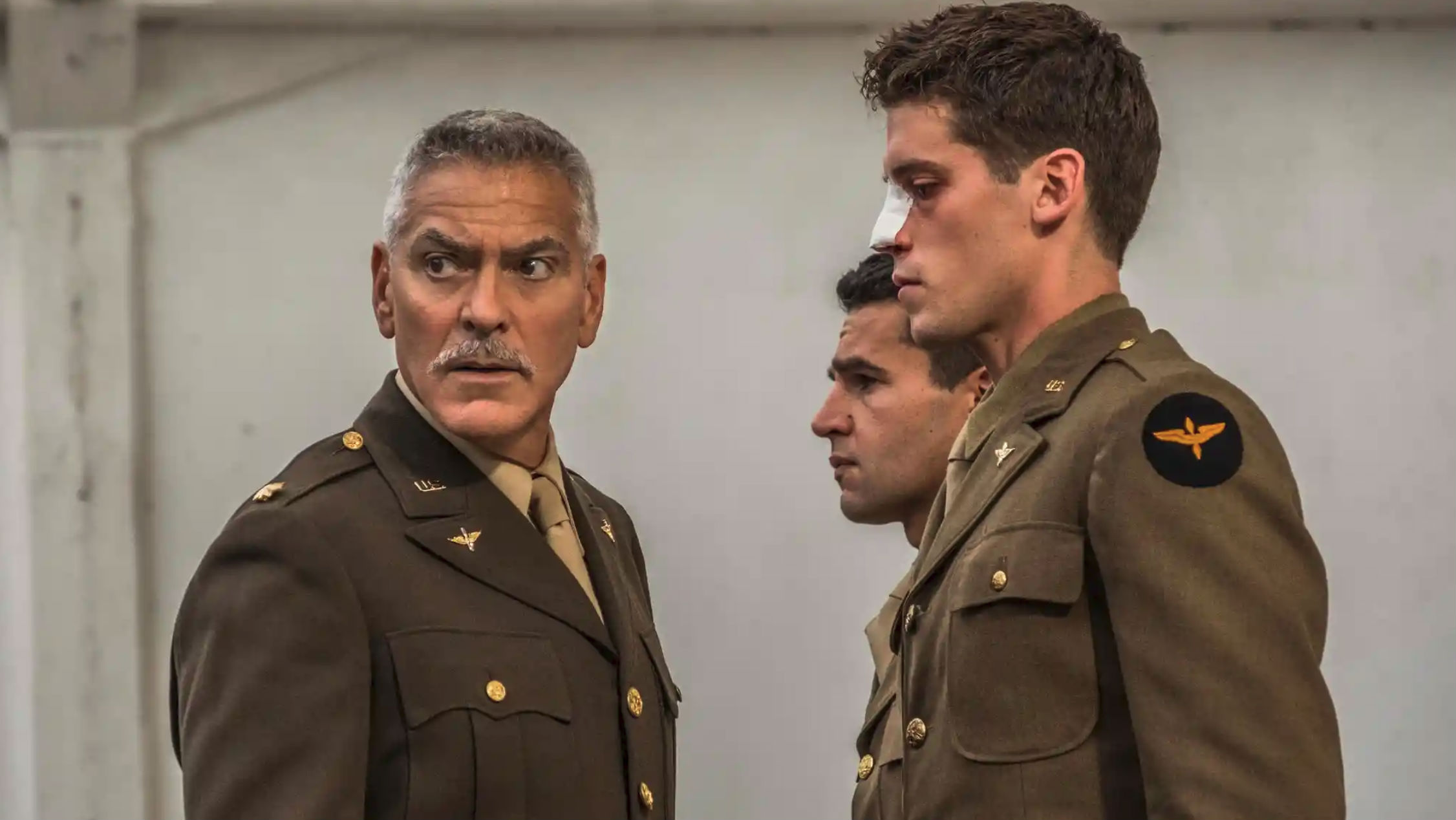
Catch-22, the great American anti-war novel, has often been called “unfilmable” - but George Clooney has risen to the challenge, directing, producing and starring in a new TV series based on Joseph Heller’s 1961 masterpiece.
He is joined on screen by co-stars Hugh Laurie and Christopher Abbott for the mini-series, which starts on Channel 4 tonight at 9pm.
If that gets you in the mood to read the original, here is what you can expect - plus five more unmissable Second World War books.
The Week
Escape your echo chamber. Get the facts behind the news, plus analysis from multiple perspectives.

Sign up for The Week's Free Newsletters
From our morning news briefing to a weekly Good News Newsletter, get the best of The Week delivered directly to your inbox.
From our morning news briefing to a weekly Good News Newsletter, get the best of The Week delivered directly to your inbox.
Catch-22 (1961) by Joseph Heller
Often called one of the greatest American novels across all genres, Heller’s masterpiece famously took seven years to write, while he worked as a copywriter at an advertising agency. He used his own experience of dropping bombs from American planes on the Italian front to inform his story about the fictional John Yossarian, played by Abbott.
Catch-22 uses dark humour and chopped-up chronology to highlight the horror of war, while anti-hero Yossarian’s cynicism and relentless promotion of his own interests form a nihilistic rebuke to authority.
Maus (1980-1991) by Art Spiegelman
A free daily email with the biggest news stories of the day – and the best features from TheWeek.com
American Spiegelman is the son of Jewish parents who survived the Holocaust, although his mother committed suicide in America when he was 20. His remarkable comic strips, later published as one graphic novel, see him wrestle with survivor guilt and his anger with his difficult father.
Maus, which famously depicts Germans or Nazis as cats and Jews as mice, was the first graphic novel to win a Pulitzer Prize, in 1992. According to The Washington Post in 2016, it remained the greatest work in the genre 30 years later.
Slaughterhouse-Five (1969) by Kurt Vonnegut
An American GI, Vonnegut was a prisoner of war in Dresden, Germany, when it was firebombed by the Allies in February 1945. He emerged from a cellar to find the city almost completely destroyed.
Slaughterhouse-Five, his sixth and most successful novel, filters this experience through a surreal sci-fi plot about Billy Pilgrim, an anti-hero who has “come unstuck in time”. The novel shares Catch-22’s pitch-black humour and surrealism in response to unimaginable brutality. It also marks the apogee of Vonnegut’s project of writing science fiction with literary credibility.
Schindler’s Ark (1982) by Thomas Keneally
The story of Oskar Schindler is now best known through Steven Spielberg’s epic 1993 film Schindler’s List, but Keneally’s novel – based on highly detailed historical research and interviews – was well-received and widely read on publication a decade earlier.
The novel tells the true story of a German industrialist who saved the lives of 1,200 Jews in his factories in Poland and elsewhere. Keneally was persuaded to write the novel by Poldek Pfefferberg, who had worked in Schindler’s factories, when Keneally walked into the latter’s shop to buy a briefcase, as The Guardian reported in 2007.
The Diary of a Young Girl (1947) by Anne Frank
When Otto Frank was liberated from the Auschwitz Nazi death camp in January 1945, he found he was the only member of his family left alive – but the diary his daughter Anne had kept during the two years they spent hiding in an Amsterdam attic had survived.
He was persuaded to have the diary translated into English and published. It became perhaps the best-read book about the Second World War and is particularly accessible to teenagers, with Anne’s chatty confidences about boys and her family.
Hiroshima (1946) by John Hersey
This short non-fiction work was a revolutionary piece of journalism when it first appeared, filling an entire issue of the New Yorker. While the piece is non-fiction, it presents factual information in a novelistic manner, albeit in unemotive prose.
The magazine had at first intended to run Hiroshima over four issues but instead devoted an entire edition to this horrifyingly detailed account of the dropping of the atomic bomb on the Japanese city and its aftermath. Hersey’s masterpiece has sold several million copies – but can be read in full on the New Yorker’s website.
-
 7 bars with comforting cocktails and great hospitality
7 bars with comforting cocktails and great hospitalitythe week recommends Winter is a fine time for going out and drinking up
-
 7 recipes that meet you wherever you are during winter
7 recipes that meet you wherever you are during winterthe week recommends Low-key January and decadent holiday eating are all accounted for
-
 Nine best TV shows of the year
Nine best TV shows of the yearThe Week Recommends From Adolescence to Amandaland
-
 Garrett Graff's 6 favorite books that shine new light on World War II
Garrett Graff's 6 favorite books that shine new light on World War IIFeature The author recommends works by James D. Hornfischer, Craig L. Symonds, and more
-
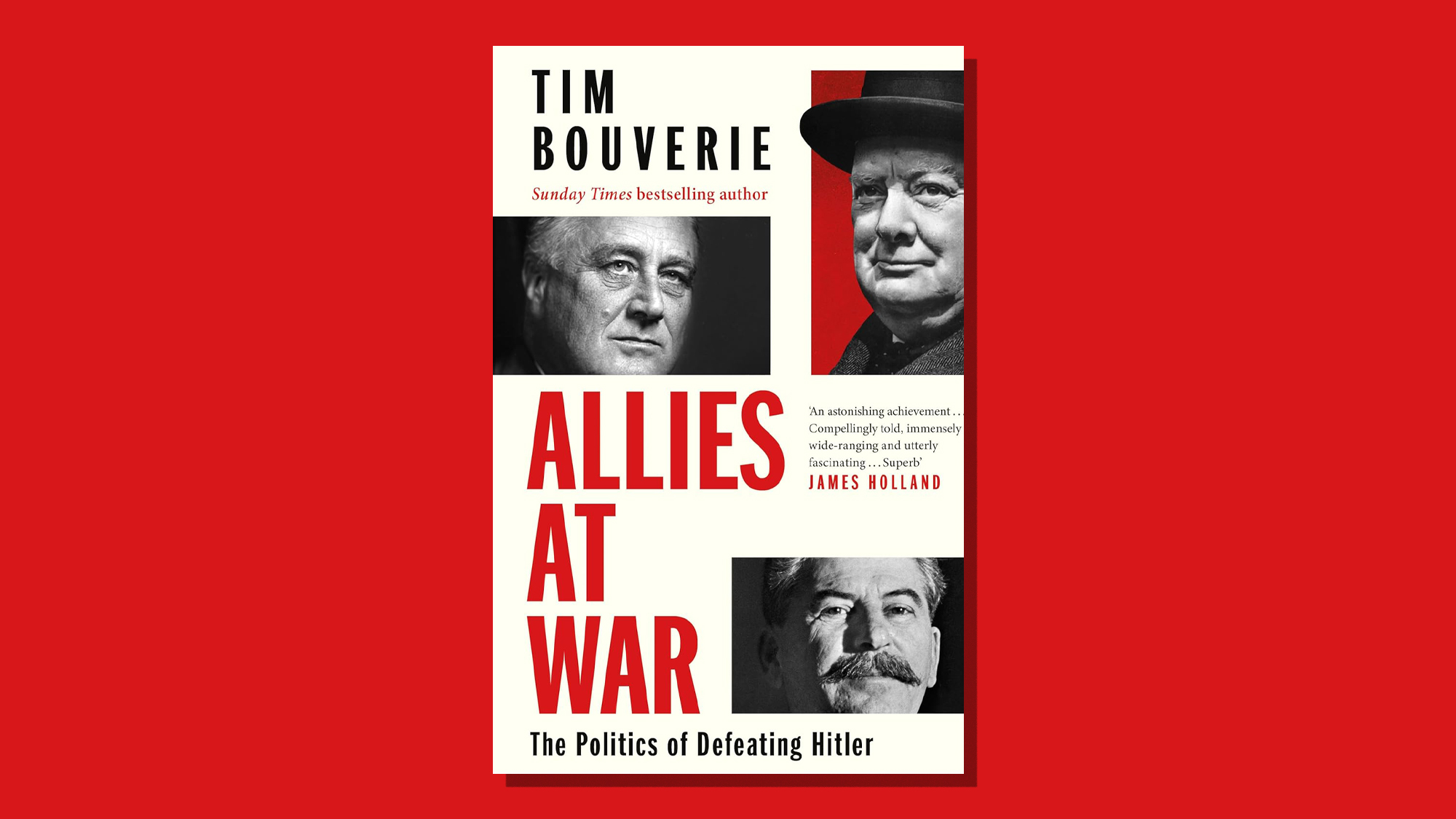 Allies at War: a 'revelatory' account of the Second World War
Allies at War: a 'revelatory' account of the Second World WarThe Week Recommends Tim Bouverie's 'old-fashioned diplomatic history' explores the often fraught relationship between world powers
-
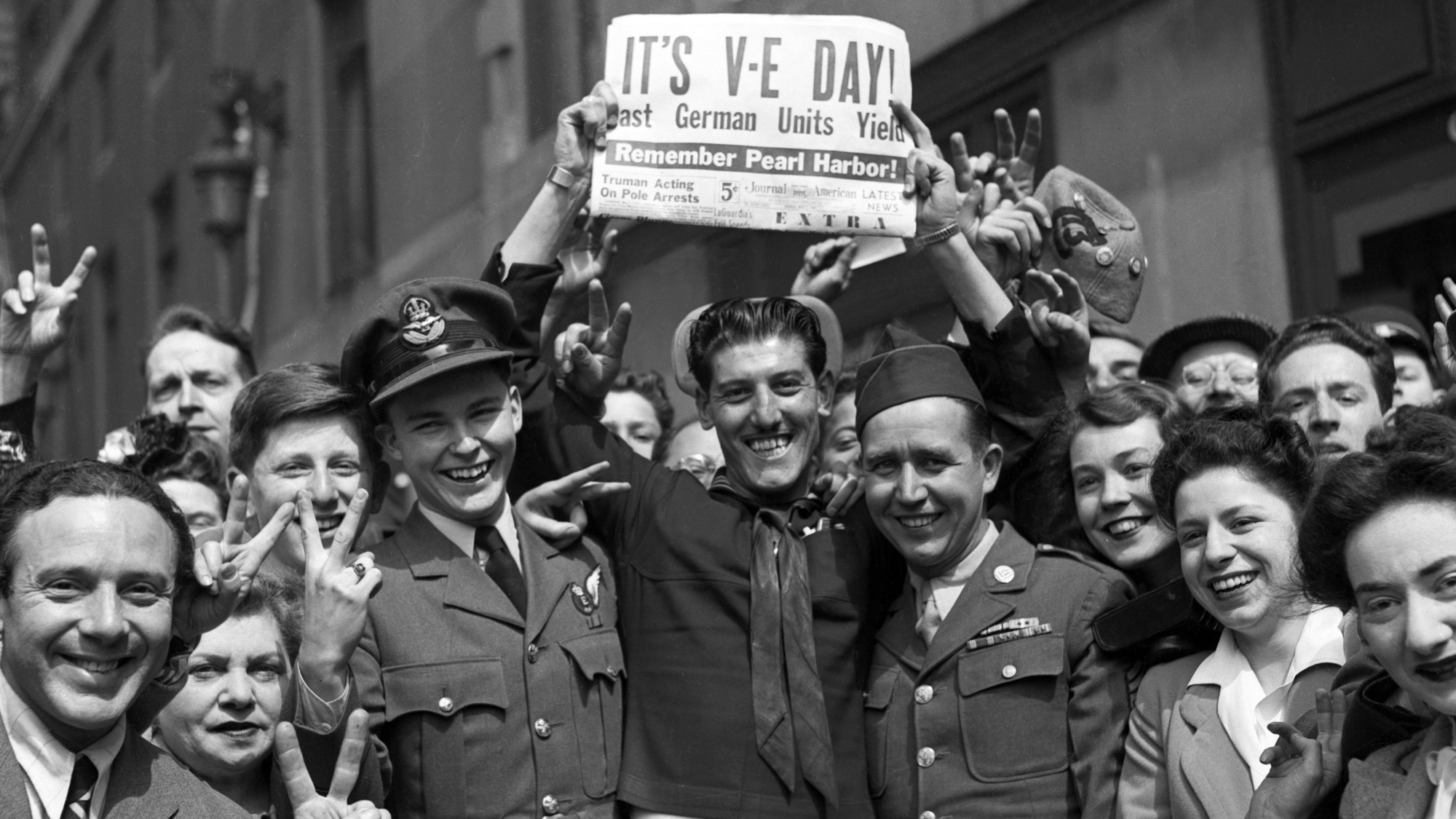 Celebrations to mark 80 years since VE Day
Celebrations to mark 80 years since VE DayThe Week Recommends Events will be taking place up and down the country, from parades to street parties
-
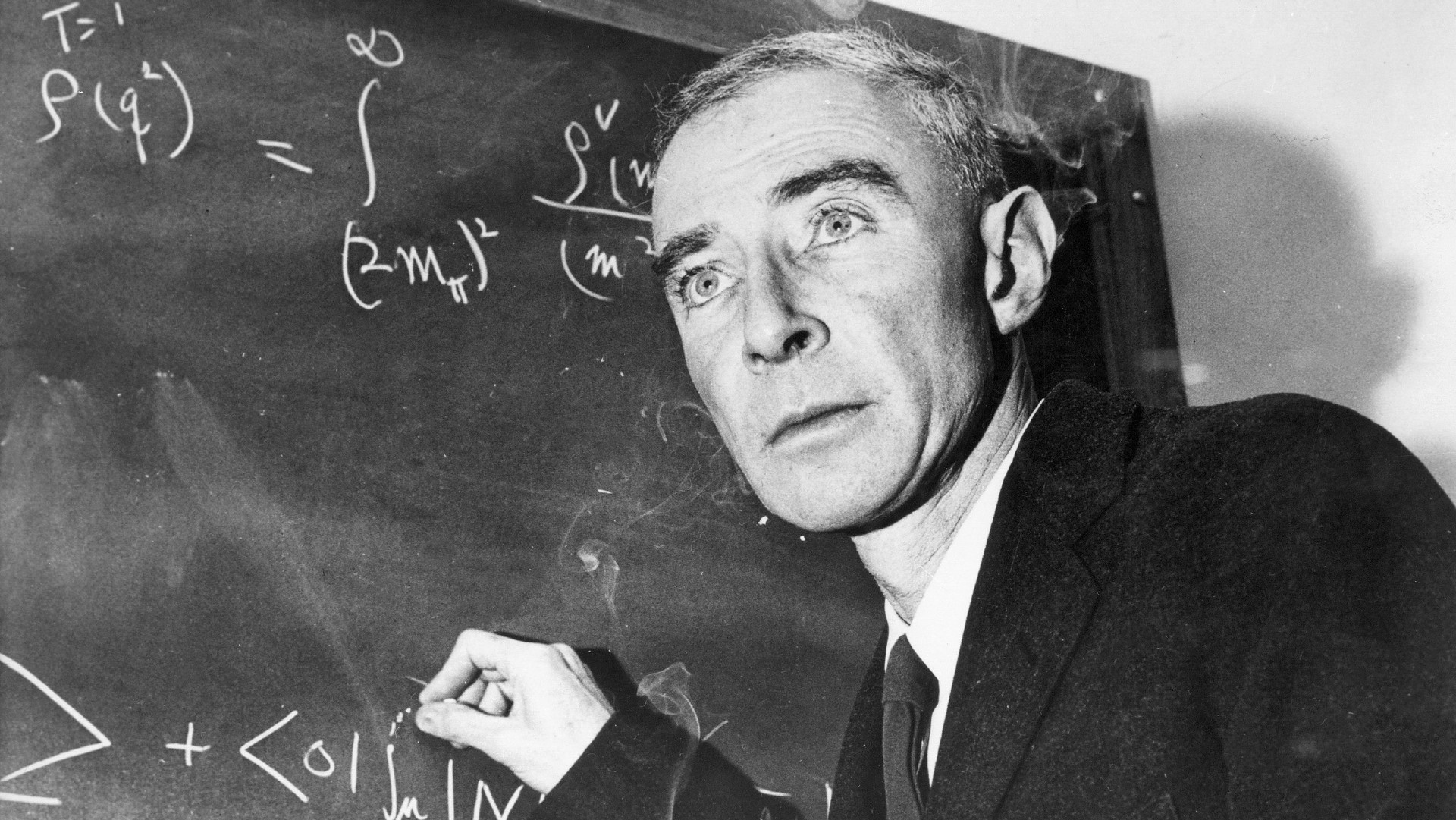 J. Robert Oppenheimer: the real ‘father of the atomic bomb’ at centre of new blockbuster
J. Robert Oppenheimer: the real ‘father of the atomic bomb’ at centre of new blockbusterIn the Spotlight The physicist who led the Manhattan Project has become a martyr for some but his legacy is more complicated
-
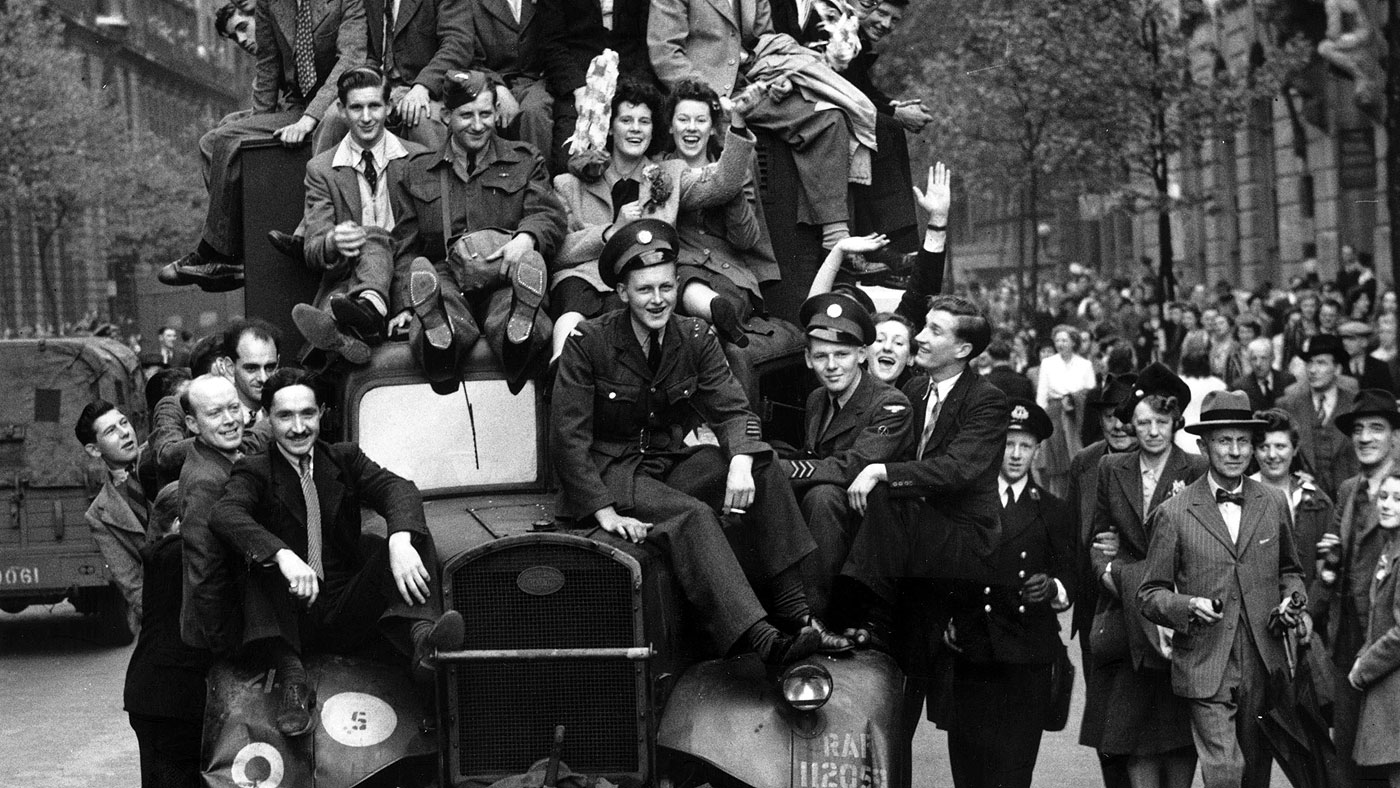 VE Day stories: victory, defeat - and nice knickers
VE Day stories: victory, defeat - and nice knickersIn Depth The end of WWII in Europe, remembered by those who witnessed it
-
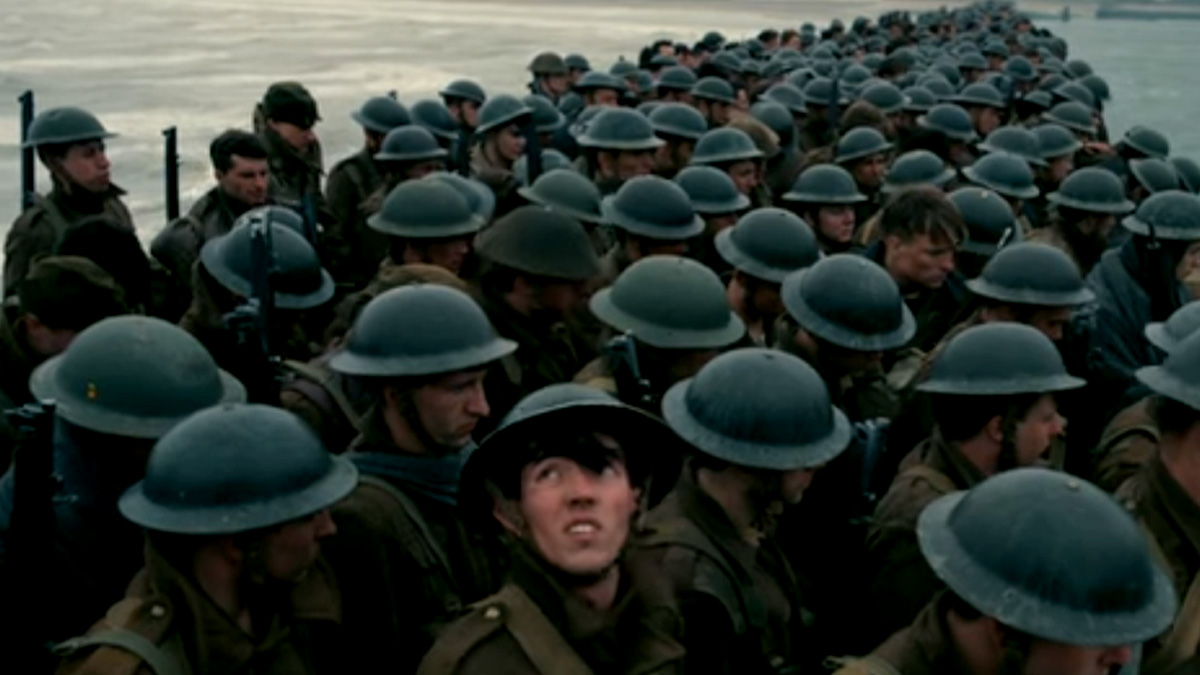 Dunkirk: New trailer is out - but where is Harry Styles?
Dunkirk: New trailer is out - but where is Harry Styles?The Week Recommends One Direction star missing in action from first glimpse of Christopher Nolan's nail-biting war drama
-
 Violette Szabo: how WW2 heroine earned her George Cross
Violette Szabo: how WW2 heroine earned her George CrossIn Depth Medal was awarded for daring spy missions immortalised in the film Carve Her Name With Pride
-
 New Imperial War Museum is spectacular and heartbreaking
New Imperial War Museum is spectacular and heartbreakingIn Depth 'Fascinating and frequently heartbreaking' exhibits make up for more 'adult' transformation